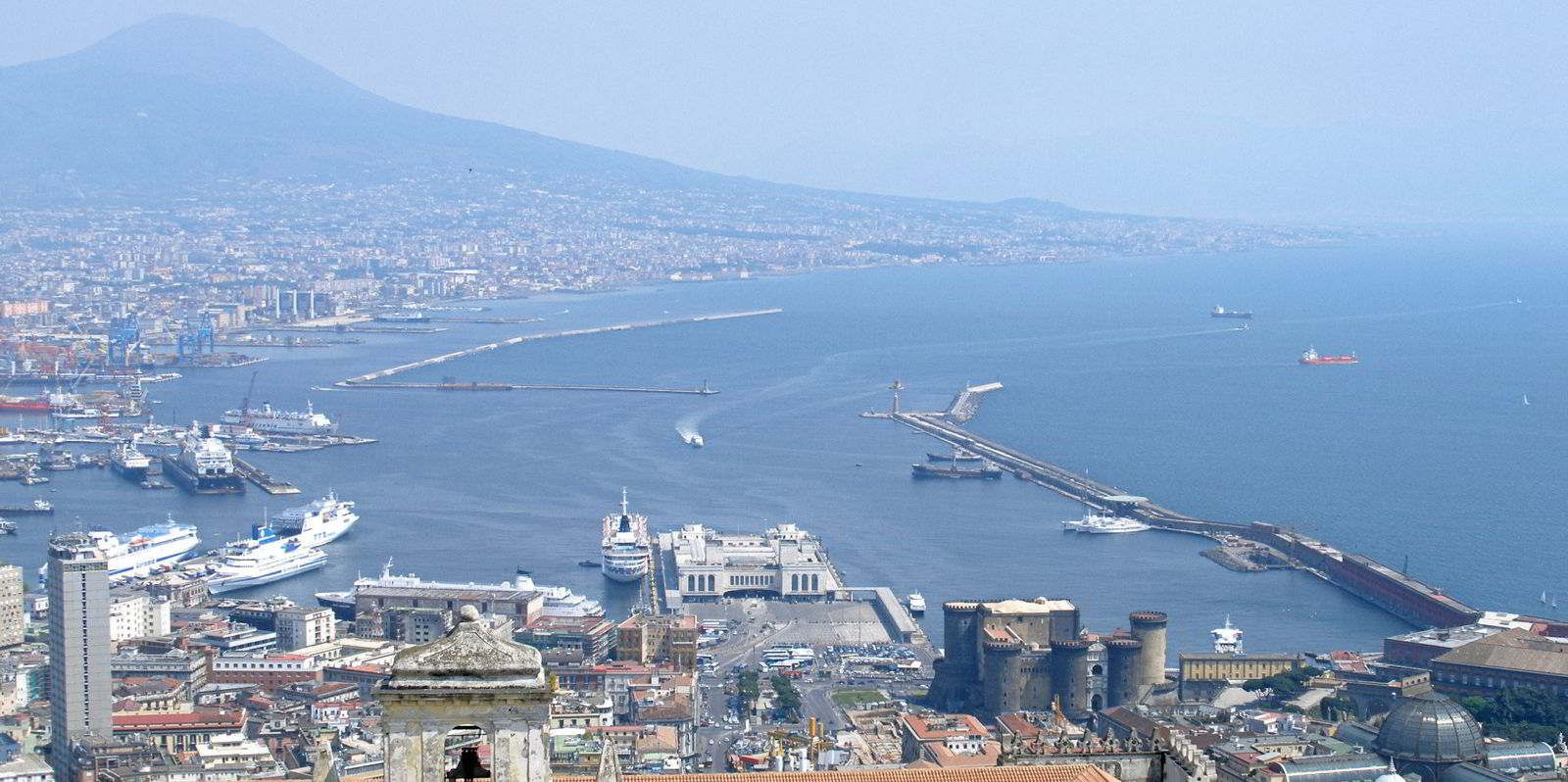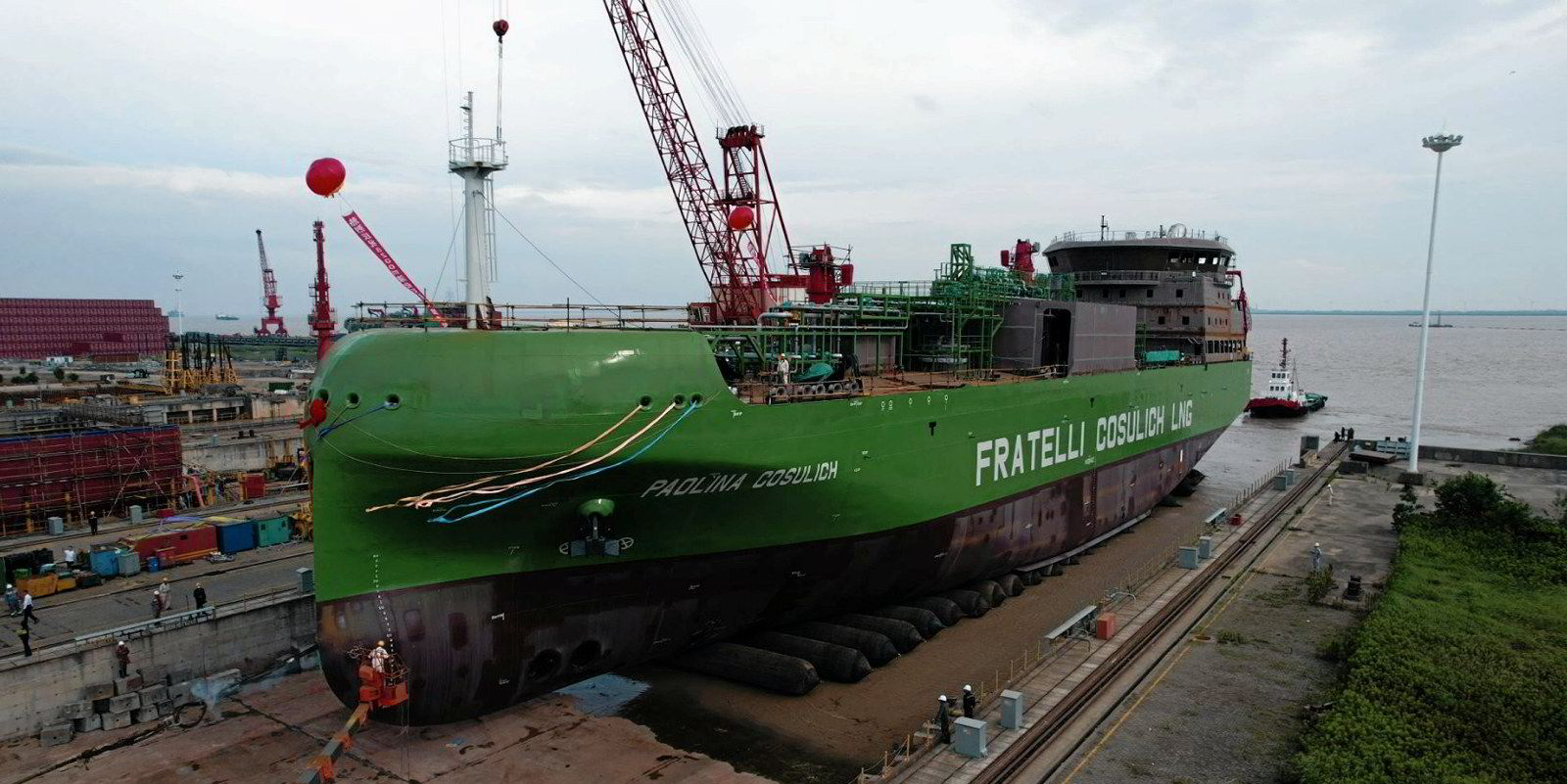Renewables producer Axpo has inked a ten-year deal with Italy’s Gas and Heat to charter an LNG bunkering vessel (LNGBV).
Swiss-headquartered Axpo said the 7,500-cbm vessel will be built at the San Giorgio del Porto Shipyard.
No price for the vessel was given.
Axpo, which is Switzerland’s largest producer of renewable energy and markets solar and wind power, said the LNGBV is expected to begin operations in 2025 and “will make an important contribution to the maritime industry’s green energy transition”.
The vessel will work off the coast of Naples providing ship-to-ship and ship-to-truck services.
The Swiss charterer said the LNGBV will feature a flexible, multi-truck bunkering skid, mounted onboard to enable the loading of several trucks simultaneously which it claimed will significantly reduce bunkering time.
“LNG bunkering vessels support the increasing use of LNG as a marine fuel, which plays an important role in decarbonisation and the transition to a more sustainable energy mix,” the company said.
Axpo said that in the future, the ship could also transport bio-LNG and ammonia, which is emerging as a zero-carbon fuel, particularly in the shipping sector.
The project was set up in collaboration with the Italian government’s infrastructure and transport ministry along with the Central Tyrrhenian Sea and Naples port authorities.
Axpo head of continental Europe merchant trading Marco Saalfrank said: “The demand for sustainable solutions in the maritime industry continues to increase significantly, in line with the International Maritime Organisation strategy of reducing greenhouse gas emissions from international shipping.
With the industry expected to achieve a reduction of up to 40% in the carbon intensity of shipping by 2030, the LNG bunkering solution will provide a cleaner marine fuel in the mid-term and beyond.”
Axpo Small Scale LNG Manager Daniele Corti said the initiative “will help enable the transition to carbon neutrality and, for the first time in Europe, employ this new bunkering technology to supply markets with cleaner fuel.”
Based on the number of LNG dual-fuel newbuildings contracted there is an anticipated shortage of LNGBVs.
In May French energy major said more than 35 large LNG bunker vessels (LNGBVs) will be needed by 2030 to be able to supply the existing and incoming dual-fuelled global fleet.






